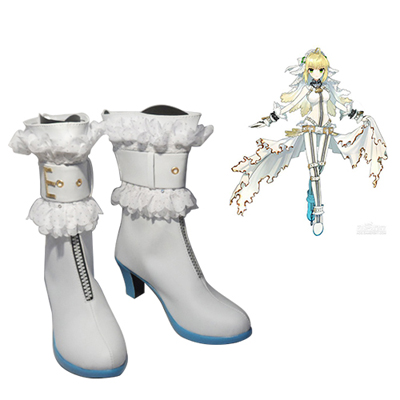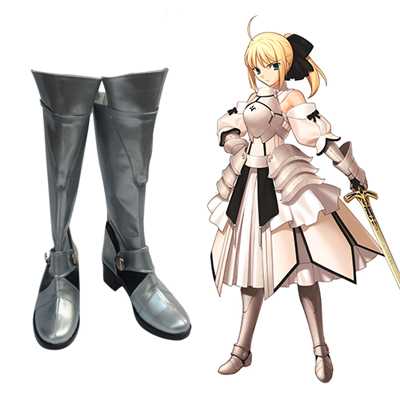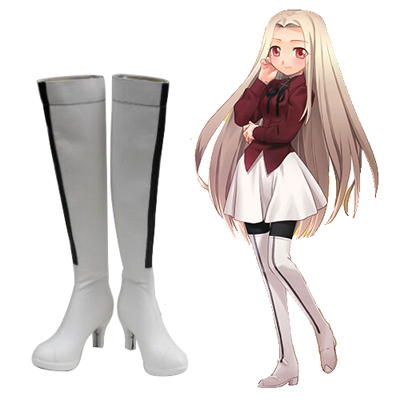With the decline of the classical feudal heirs and the increasinPublished: Sunday 26 February, 2017
With the decline of the classical feudal heirs and the increasing commercialization of warfare by mercenary armies in the fifteenth century, the regimental economy developed at the end of the sixteenth century. The owners of a regiment were warmen, who on their own account were committing mercenaries on behalf of the belligerent princes, Equiped and paid to make them available to the client for money under their command. As a rule, the regimental soldier also ensured the supply of his regiment with food and, later, clothing and equipment for his own account, and the prize was then deducted from the soldier's wagesCosplay Costumes Around 1720 almost all European armies were uniformed. The armies of Protestant states wore dark blue (eg in Prussia, Hesse-Kassel and Sweden) or red skirts (eg in England, Hanover, Denmark-Norway) Catholic countries such as France, Poland, Austria or Spain, and white skirts from around 1730 onwards. Russia chose dark-green and Bavaria with light blue each a typical uniform color. The characteristic colors were soon generally associated with the respective nations (eg "Redrock" or "Prussian Blue"), even if large parts of the army (especially in the cavalry) were uniformly uniformed in color 80-90cm wigs In Prussia, the present-day uniforms did not replace the terms livery or montage until the time of Frederick II. This is also the term "montage", which is used in colloquial rather than uniform. Uniforms have been used since the Middle Ages also in the civilian area. In the 18th and 19th centuries civilian uniforms also existed for the civilian state. With the change of the tactics from the rifle line to the procedure under utilization of the cover around 1900 changed the requirements to the uniform A Certain Magical Index News Article
|












